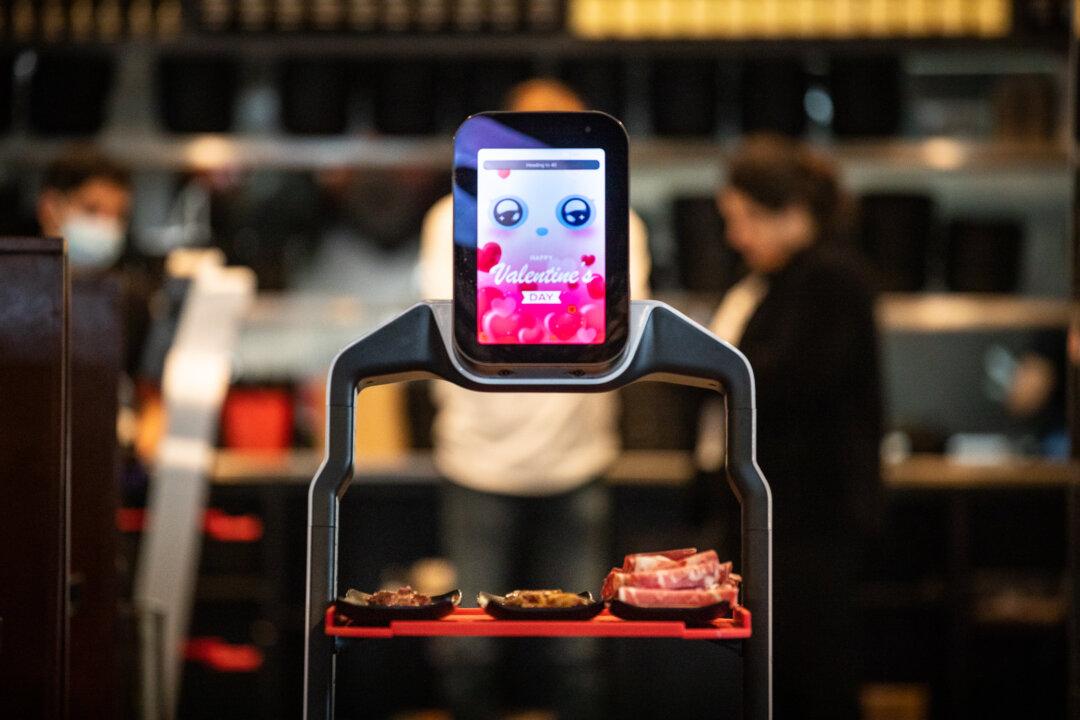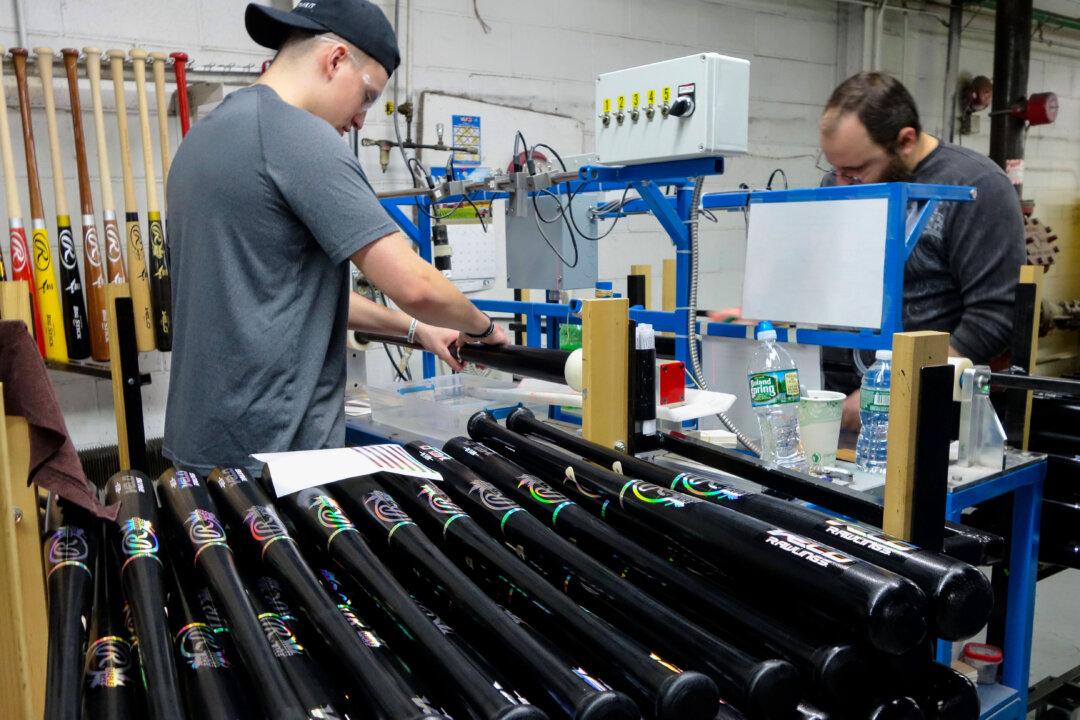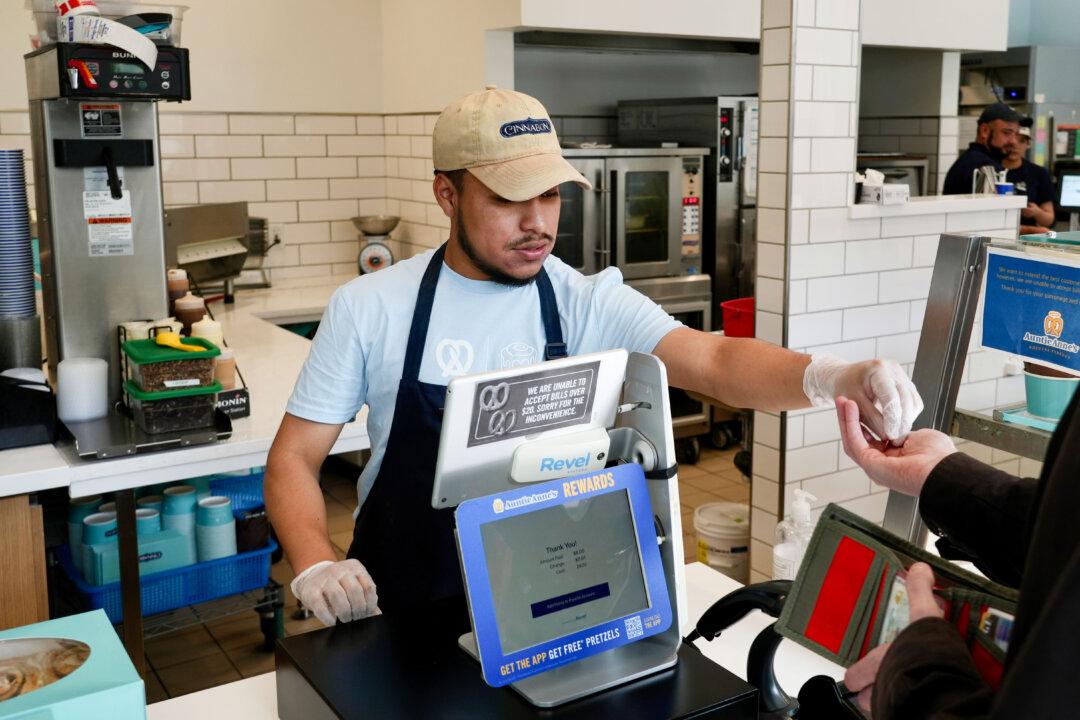News Analysis
U.S. Bureau of Labor Statistics data shows that more than 70,000 restaurants closed because of the pandemic. But the restaurant industry’s rebound since 2022 has been inspiring. According to the State of the Restaurant Industry report from the National Restaurant Association (NRA), the food service industry could see a record $1.1 trillion in sales this year.





